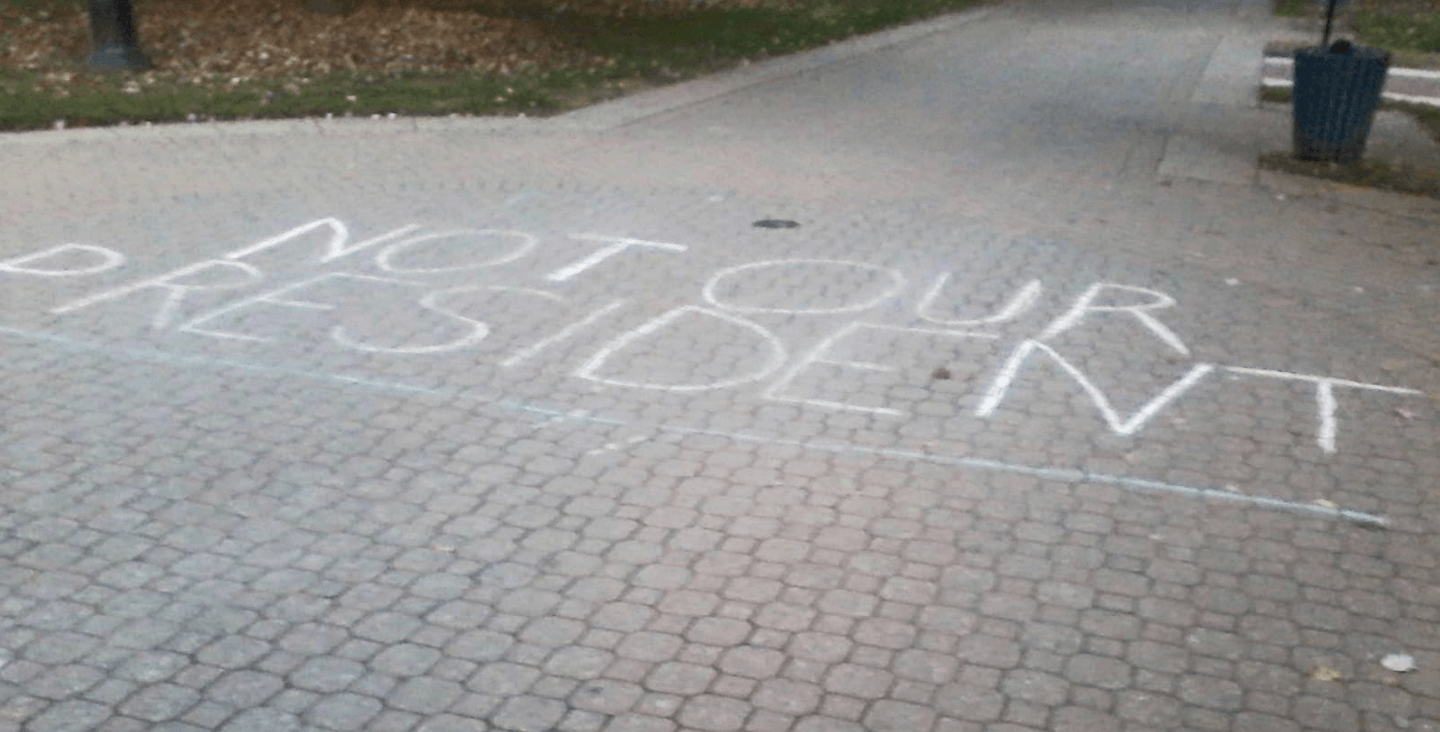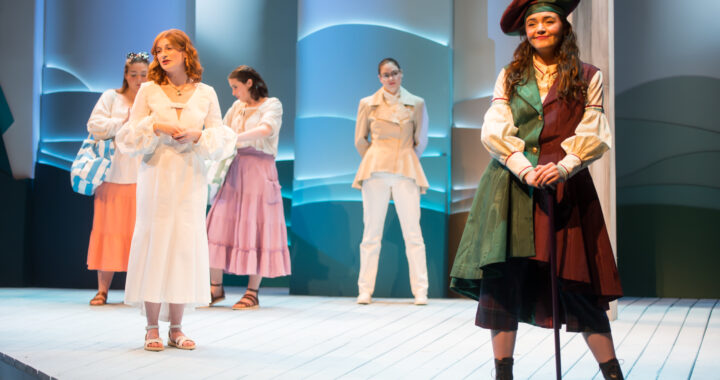Some UMW students join thousands countrywide in protesting Trump
3 min read
Kyle Stephens | Facebook
By JANAYE EVANS
A wave of protests has swept the country immediately following the announcement our new President- elect, Donald J. Trump. High school and college students alike have been exercising their right to free expression, protected under the First Amendment of the United States’ Constitution. The fears that many of these students have, stems from the intolerance that Trump welcomed during his campaign.
This is a fear for minorities, including but not limited to immigrants, the LGBTQ community, women, people of color and those with disabilities. Even here at UMW, an event was hosted on campus, the “Student Die In,” to allow an outlet for marginalized students and their allies to make a statement regarding the fear being felt towards the change in this country’s political leadership.
The anti- Trump protests have been met with criticism and dismissal. The President-elect himself has taken to Twitter to comment on the protesters saying, “Just had a very open and successful presidential election. Now professional protesters, incited by the media, are protesting. Very unfair!” and then following that tweet with another the next day, “Love the fact that the small groups of protesters last night have passion for our great country. We will all come together and be proud!”
These “professional protesters” are being “incited by the media” if the media in question is the countless political Facebook posts, Twitter rants and various other media platforms that allow for the organization of ideas.
Facebook’s mission is “to give people the power to share and make the world more open and connected. People use Facebook to stay connected with friends and family, to discover what’s going on in the world, and to share and express what matters to them.”
Throughout this election, but most importantly now after its conclusion, young people are actively declaring their political affiliations or lack thereof on Facebook. The bonds of friendship are being tested as comment sections turn into debate club. Events are being shared calling for marches and protests, and groups are being made, some calling for unity and others just asking for their voices to be heard.
On Twitter, hashtags are being used to identify and classify messages. Twitter’s Mission Statement states its mission as wanting “to give everyone the power to create and share ideas and information instantly, without barriers.” The leading hashtag seen being used post-election is #NotMyPresident.
Under this hashtag people are rejecting Trump as President, often citing how Hillary Clinton won the popular vote. The main difference between Facebook and Twitter is that Twitter allows for people with no social connections to respond with their own opinion either in agreement or not.
As for these “small groups of protesters,” even more demonstrations are being planned, including large mass demonstrations following Trump’s inauguration on January 20, 2017. On inauguration day, a #NotMyPresident protest is being held at the U.S. Capitol Building.
Also on the following the day, the Million Women March is being held, where it aims to bring a representative chapter from every state, with over 30 states currently organized. It will be interesting to see if their “great passion for our great country” will continue to be praised for the days to come, or if the more likely tone of accept your loss and move on will prevail.











